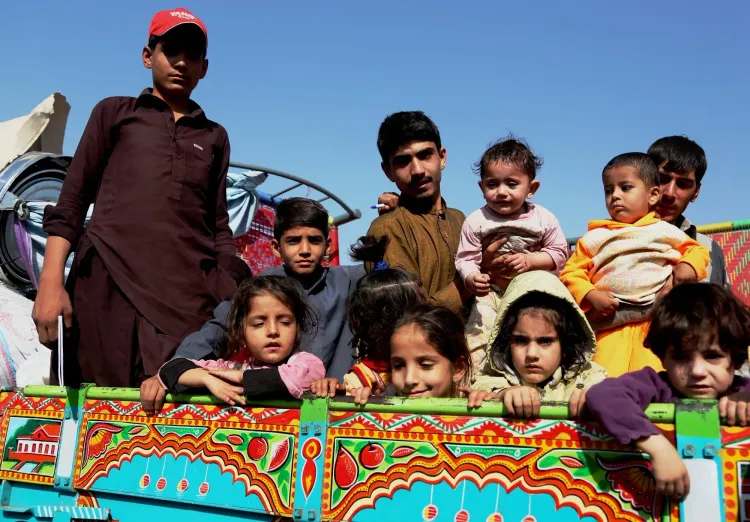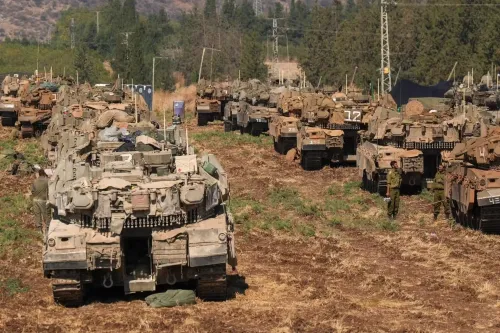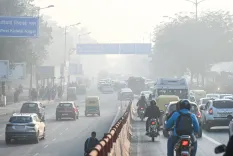How Did Afghanistan Become the World's Most Food-Insecure Nation?

Synopsis
Key Takeaways
- 75 percent of the population faces livelihood instability.
- Over 12 million individuals require immediate food assistance.
- Political turmoil and climate change exacerbate food insecurity.
- Women and children are disproportionately affected.
- Increased humanitarian aid is crucial to prevent disaster.
Kabul, August 1 (NationPress) Afghanistan has been identified as the most food-insecure nation in the world, with a staggering 75 percent of its population experiencing instability in their livelihoods. Over 12 million individuals are in dire need of food assistance as the country grapples with deepening drought and pervasive poverty, according to a report from the UN Food and Agriculture Organisation (FAO) released on Friday.
The FAO's report indicates that Afghanistan has once again secured the top position in the list of nations suffering from food insecurity for the years 2024 and 2025. A total of 295 million people across 53 nations are facing acute hunger, marking an increase of 13 million since 2023, as reported by Afghanistan-based Khaama Press.
Since 2016, Afghanistan has been included in the FAO's chronic hunger list, alongside countries like Congo, Ethiopia, Nigeria, Syria, and Yemen, largely due to ongoing political instability, humanitarian crises, and the impacts of climate change. Poverty is a significant contributor to the escalating food insecurity in Afghanistan. The return of over 1.6 million Afghan migrants from Iran and Pakistan, declining international aid, and stringent economic restrictions have driven countless Afghans below the poverty line.
According to the UN, 75 percent of Afghanistan's population is facing challenges related to livelihood security, with more than 12 million individuals in urgent need of food assistance. Repeated droughts, widespread unemployment, and damaged agricultural infrastructure have severely hampered the country's domestic food production capacity.
In provinces such as Ghor and Badakhshan, crops have been devastated, and livestock farming has been significantly disrupted. Women and children are especially at risk in Afghanistan, with the Taliban's restrictions on women's employment and education further limiting families' access to essential income sources.
Meanwhile, the World Food Programme (WFP) has warned that unless there is a substantial increase in humanitarian aid, hunger-related deaths in Afghanistan will continue to rise sharply. FAO officials have highlighted that Afghanistan's food crisis is a perilous combination of conflict, climate disruptions, and failing livelihoods. Aid agencies have reiterated their plea for support from the international community, cautioning that Afghanistan could devolve into one of the world's most devastating hunger disasters without sustained funding and access for relief operations.









